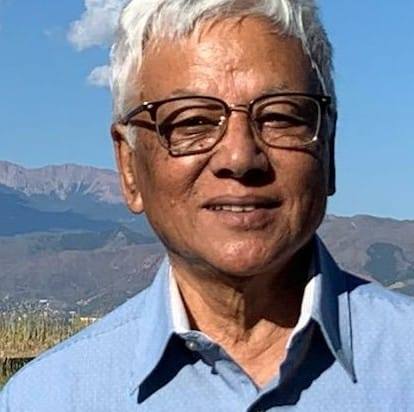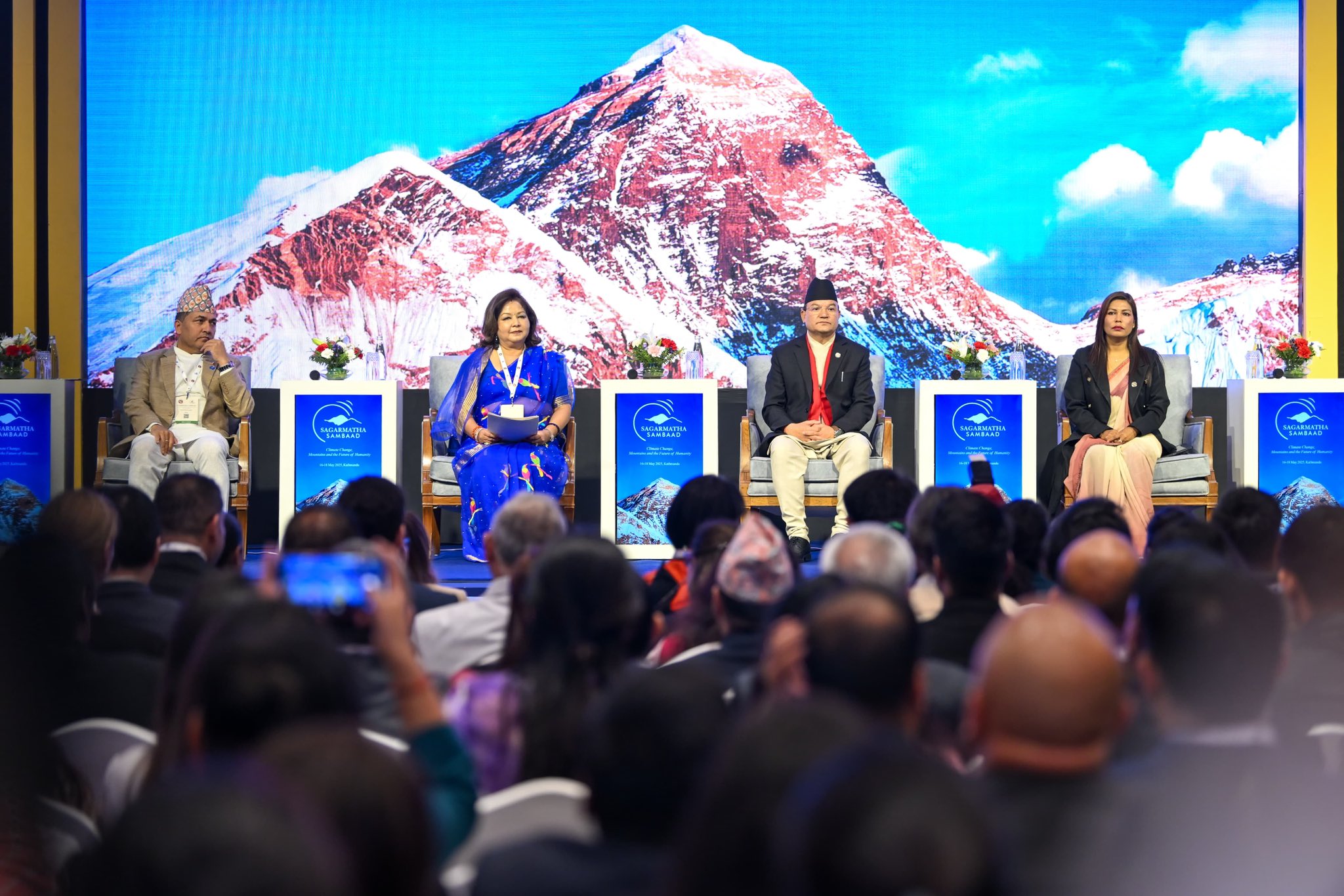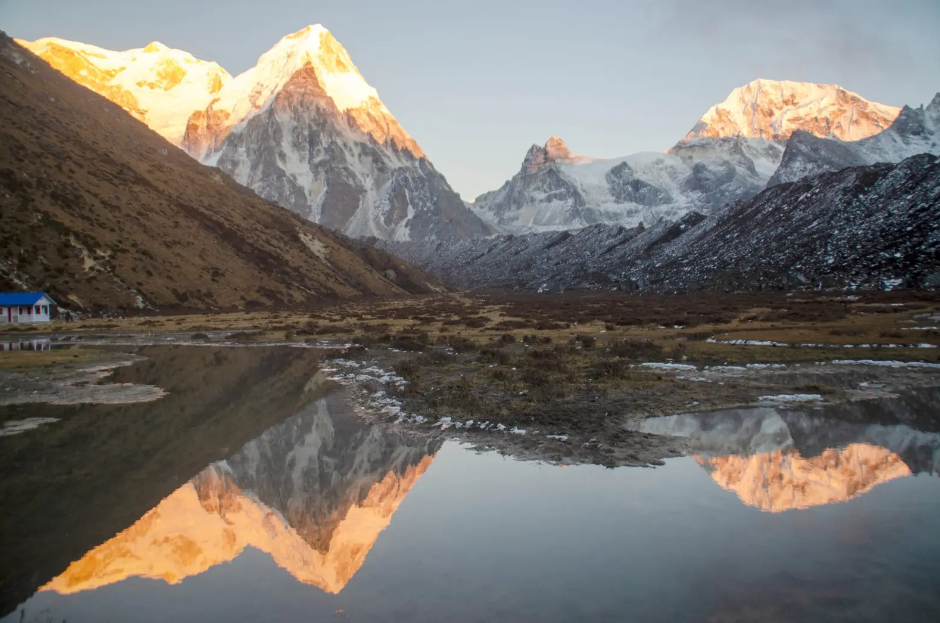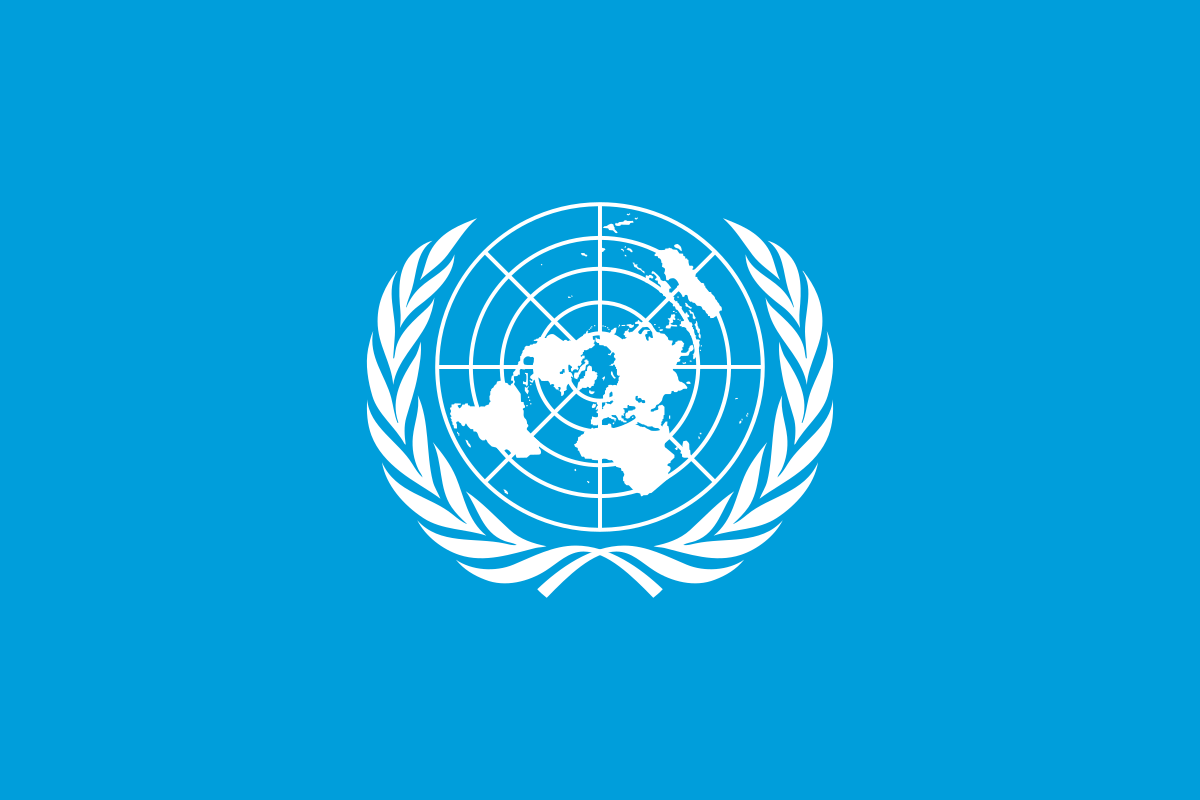Nepal Verified News had a conversation with Tirtha Bahadur Shrestha (PhD in plant ecology), a botanist with decades-long contribution in the field of nature conservation.
nvn news
Tue May 20 2025


Tirtha Bahadur Shrestha (PhD in plant ecology) is a botanist with decades-long contribution to nature conservation. He served at the Department of Medicinal Plants (now the Department of Plant Resources) for 19 years in the 1960s and 70s, as the first research fellow at the International Union for Conservation of Nature (1986) and as a member (for Science) of the then Royal Nepal Academy (now Nepal Academy) between 2036-46 BS (1980-1990). After retirement from government service in 1990, Shrestha worked with the IUCN for about 10 years and as a consultant on nature conservation front.
His published works include Nepal Nakhuleka Pataharu, a collection of articles published in Himal magazine, three volumes of articles published in Shikshak magazine, Nepal Orchid in Pictures, Himalayan Flowers and Trees, Endangered and Endemic Plants of Nepal and Gymnosperms of Nepal.
Nepal Verified News had a conversation with Shrestha as part of a series, focusing not only on the immediate but much beyond.

A commendable effort
First, Nepal organized Sagarmatha Sambaad at the time of wars and conflicts in several parts of the world, including in our own region (Indo-Pak hostilities). This is a commendable effort.
Second, with changing times, new issues come up. This is not the first such conclave on mountains, Nepal has participated in several UN and other international forums. For example, we also celebrated the International Year of the Mountains in 2022.
Historically, what have been our standpoints on issues related to the mountains, what have been our norms and core concerns?
Did we bother to turn on the pages of institutional memory and do a thorough review? I don’t think so.
We must get rid of a tendency that all great things happened today.
At the Sagarmatha Sambaad, discussions on various topics took place at 12 parallel sessions. How I wish I could add one more point!
The Himalayas are also a source of spiritual energy for humanity. They are the abode of enlightened, divine beings like the Devas, Bodhisattvas, Shiva and goddesses like Kalika and Malika. We the Nepalis say we raised the Himalayas in the middle of Asia, that we are the link connecting the seas with the skies.
Seated in the middle of Asia, we are a meeting point for different geographical and natural regions — Central Asia, South Asia, Sino-Japanese Asia, Southeast Asia, the Arab region, Ethiopia (Africa) and the Mediterranean region.
Nepal is a meeting place, a junction for all kinds of biological species. Why do these species meet here? They meet here because the Himalayas provide refuge to them all, on their laps.
If a massive disaster occurs due to climate change, the Himalayas will be the last refuge for people from around the world, that is what I feel….
The 3Ms
While talking about the mountains, we should not forget two more ‘Ms’: the man and the monsoon.
Human lives and livelihoods in Nepal and other parts of the Himalayan region revolve around these three factors. They hinge on the interplay of these 3Ms, the balance among the three factors. We need to study this interplay, this balance very seriously.
Amid talks about science and technology vis-a-vis climate change, have we developed a science governing these 3Ms?
Such a science needs to incorporate vulnerabilities associated with the interplay of these three factors.

Sagarmatha Sambaad should have been able to give a feel of the mountains to the guests from around the world. All along, I was wondering: Where is the mountain environment in this summit?
The government could have held the dialogue on the lap of the mountains. At the least, it could have organized the dialogue at some place, at some lodging facility from where one can get an eyeful of those mountains.
The enormity of mountains
In this context, let me also talk about the enormity of mountains. I once took part in a mountain summit in France. For six hours one morning, our discussions focused on the mountain, but we failed to come up with a definition of the mountain.
One cannot define a mountain without climbing it! Well, this is what I think…
Peace first
Politics has a role to in the larger scheme of things. Some decades ago (during the coronation of King Birendra), the political leadership put before the world a proposal seeking global recognition of Nepal as a zone of peace.
The current leadership lacks the courage to put before the world such a proposal? Why? I keep thinking……
Without peace, nothing can happen in this country, in this (Himalayan) region.
Explore social media, they tell you that relations between India and Pakistan are bitter and so are India’s ties with Bangladesh. Then there is China, which is with one side, directly or indirectly.
The Himalayas are the common link binding the SAARC countries and China…... Unless and until we make this whole Himalayan region, including Nepal, a zone of peace, the situation won’t improve.

Whither climate justice
Issues like glacial retreat, glacial lake outburst floods, avalanches, erratic rainfall patterns, floods and landslides have featured in the Sambaad. These are among the issues we have been grappling with. Sustainable mountain economy, science and technology, inclusiveness, loss and damage also came up during the dialogue.
By the way, did we fail to prioritize the issue of climate justice?
After existence comes coexistence
We talk about coexistence, but there’s one important thing about it. We cannot coexist without asserting our existence. This relatively small country has to preserve its existence and we need a policy on what all do we need to preserve existence. Probably, the government has such a policy in place.
And how do we maintain our national image? How do we project it? What role Nepal can play in this scheme of things as a neutral nation? As this dialogue has also shown, Nepal is a meeting place for all countries. Can we enhance our role as a common platform?
I don’t know whether these issues feature in the dialogue, but they are very important.
Read also: https://nepalverifiednews.com/news/sagarmatha-sambaad-guests-enjoy-breathtaking-himal
https://nepalverifiednews.com/news/protecting-the-himalayas-is-protecting-earth-and-h
https://nepalverifiednews.com/news/sagarmatha-sambaad-a-good-beginning-with-ifs-and-b
https://nepalverifiednews.com/news/sagarmatha-sambaad-beginning-today
No comments yet









